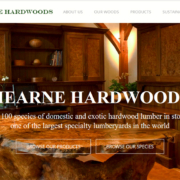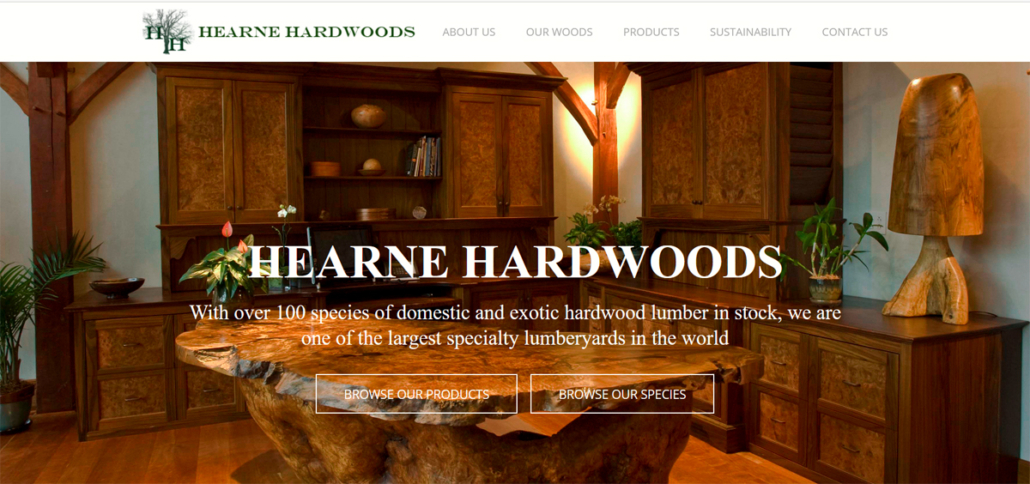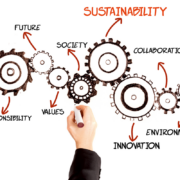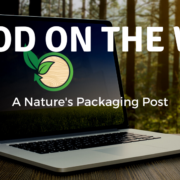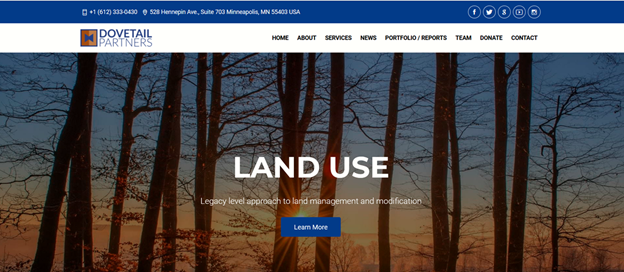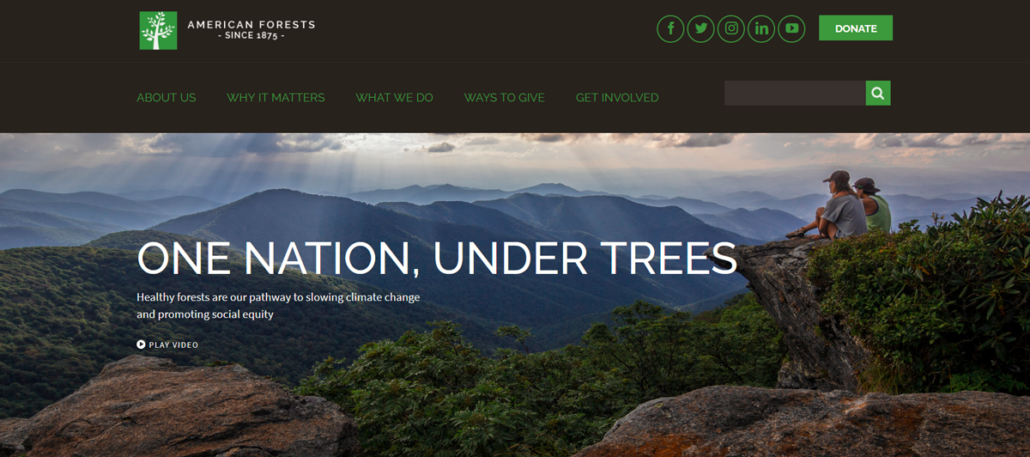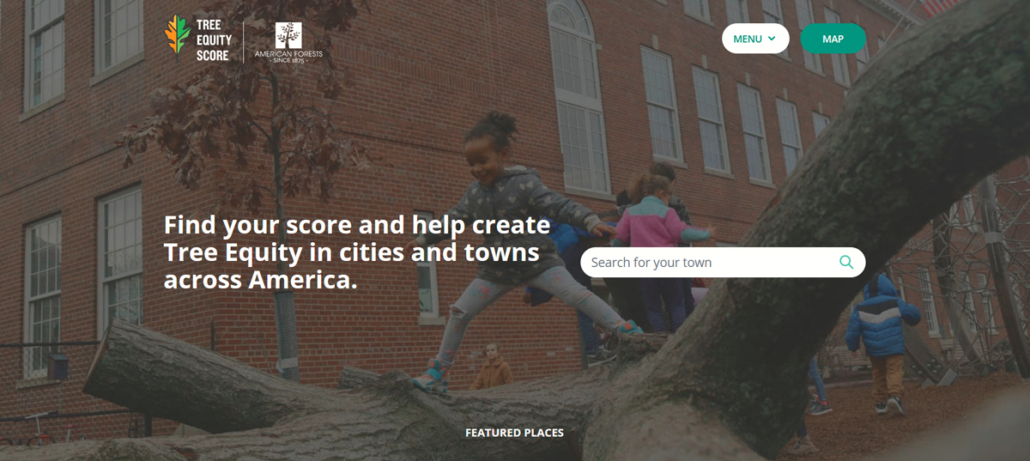The 10 Principles for FSC-certified Forests
The Forest Stewardship Council sets clear standards for responsible forestry to achieve their mission. They set out a list of ten principles that need to be in place in an FSC-certified forest. These apply to all forests, regardless of the country, forest size, type, or whether it’s a natural forest or a plantation.
These ten principles are:
- Compliance with relevant laws and regulations. This includes all relevant international treaties or conventions.
- Commitment to workers’ rights and adequate employment conditions. This commitment is in line with the FSC’s focus on social policies, as well as the purely environmental ones. The goal must be to maintain or improve the economic and social well-being of the forest workers.
- Indigenous peoples’ rights. They promote and protect indigenous peoples’ legal and traditional property ownership rights, usage, and management. This protection covers the land, the overall territories, and the resources affected by the forestry management activities.
- Community relations. They must contribute to ensuring that the social and economic well-being of the local communities is maintained or improved.
- Managing the benefits obtained from the forest. Good management of forest products is essential to ensure long-term financial sustainability. As a result, the forests will be able to continue providing social and ecological benefits.
- Upholding environmental values and minimizing impact. The goal has to be to avoid adverse environmental effects as much as possible or repair them as needed. This includes protecting biodiversity, water resources, landscapes, soil quality, and the overall forest ecosystem.
- Planning the management of the forest.The forest’s management plan has to be updated regularly, based on the continuous monitoring carried out, to make sure that it’s adapted to any changes in conditions. The plan has to outline the long-term objectives and how to achieve them.
- Ongoing monitoring and assessment of the management activities. Continuous monitoring is carried out to measure the progress against the management plan and track the forest’s condition. Based on this monitoring, the program can be updated as needed.
- Maintaining forests with high conservation value. Any activities in forests with a high conservation value need to ensure the protection and enhancement of that value.
- Compliance when implementing management activities. These activities must comply with these ten principles and the subsequent 70 criteria established by the FSC that apply to their certified forests.
When forests comply with these principles and are FSC-certified, products made from their wood can carry the FSC logo.
What different types of certification does the FSC offer?
Different types of FSC certifications are available for businesses, as well as the better-known forest-management certification.
Being certified by the council means that the company’s products or projects have been assessed and determined to meet the FSC’s criteria for sustainable forestry, including social and environmental concerns.
These are the main types of certifications available:
Forest management.
For a forest to be FSC certified, it must comply with the ten principles stated above and the more detailed criteria that explain how to implement each one.
An FSC-certified forest balances long-term economic viability with the preservation of ecological biodiversity and the welfare of the local communities.
Chain of custody.
This certification ensures that FSC-certified wood is identified through the supply chain, from the forest to the final manufacturer and end consumer.
This way, we can be sure if a final product in the market comes from certified wood and feel confident that it won’t have been mixed up with non-certified wood.
Construction projects.
FSC-certified wood is not only destined for use in consumer products. It can also be used as materials in construction projects.
Through certification, construction companies can build their corporate sustainability goals directly into their project design and use the FSC trademarks to promote them.
How does the FSC work with different sectors?
They work together with organizations from different industries that have a common goal of sustainable forestry practices in the supply chain. This collaboration helps to raise awareness about responsible forestry initiatives within these industries and brings them closer to meeting social responsibility objectives.
They have developed a set of assets for five key sectors, and this is how they work with each one to support their sustainability goals.
Textiles
Fast fashion is getting a bad rap these days as a significant contributor to climate change, as well as polluting land and waterways due to the use of many plastic-based materials. But as sustainability moves higher on the agenda of all industries, a new generation of plant-based textiles coming from forests, including modal, lyocell, viscose, and rayon, are being used by more and more manufacturers.
These textiles are generally made from cellulose fibers found in plant cell walls, but they often come from poorly managed forests and contribute to deforestation. Other natural alternatives like cotton have a very resource-intensive, and synthetic materials that tend to be cheaper are plastics that have a significant environmental cost.
However, by encouraging textile manufacturers to use FSC-certified forest-based materials that have been sustainably produced we can reduce the impact that the raw materials used in the fashion industry have on the environment. FSC certification guarantees that the textiles used in clothing came from environmentally responsible and legal sources, giving consumers peace of mind.
Furniture
Furniture manufacturers use many forest materials throughout the production process, including plywood, chipboard, and solid wood. They are very interested in FSC-certified wood because it satisfies environmental standards and is very attractive to consumers.
Even with plastic taking over in so many areas of our lives, wood is still hugely popular when it comes to furniture. But consumers still want to know that their interior design won’t be contributing to deforestation, so they look for the FSC logo.
Construction
There has always been a high demand for wood as a material among homeowners, especially as it’s energy-efficient as well as beautiful. But wood sourced from poorly managed forests can contribute to deforestation and environmental degradation.
Using responsibly sourced wood products from well-managed forests can help reduce emissions coming from the construction sector.
Plus, integrating responsible forestry standards and being able to use the FSC trademark on a construction project shows support for environmental goals and can be an added asset when promoting it.
Packaging
This has traditionally been a significant source of waste and overuse of plastic, but consumers are starting to pay more attention to what packaging their products come in. Companies are catching on and finding ways to both reduce excess packaging and use more sustainable materials.
By having the FSC logo on the packaging, the brands show their commitment to building more sustainable practices. And it might be the deciding factor that sways a consumer towards one brand or another.
Retail
Retailers have direct contact with the end consumers, so they can significantly influence their choices. Following consumer demands, many retailers are developing their own sustainability strategies and partner with manufacturers who also carry the FSC label.
This gives a powerful message to shoppers and helps shape their shopping habits and preferences.
Sustainability initiatives are no longer merely a nice thought. With so much customer focus on them, they are becoming an essential part of the social responsibility strategy for any company that wants to grow in the long term.
And with 50% of consumers worldwide recognizing the FSC label and trusting in the environmental work behind it, according to a Globescan survey, the FSC certifications have become a very powerful tool that businesses can leverage when working towards their sustainability goals.

